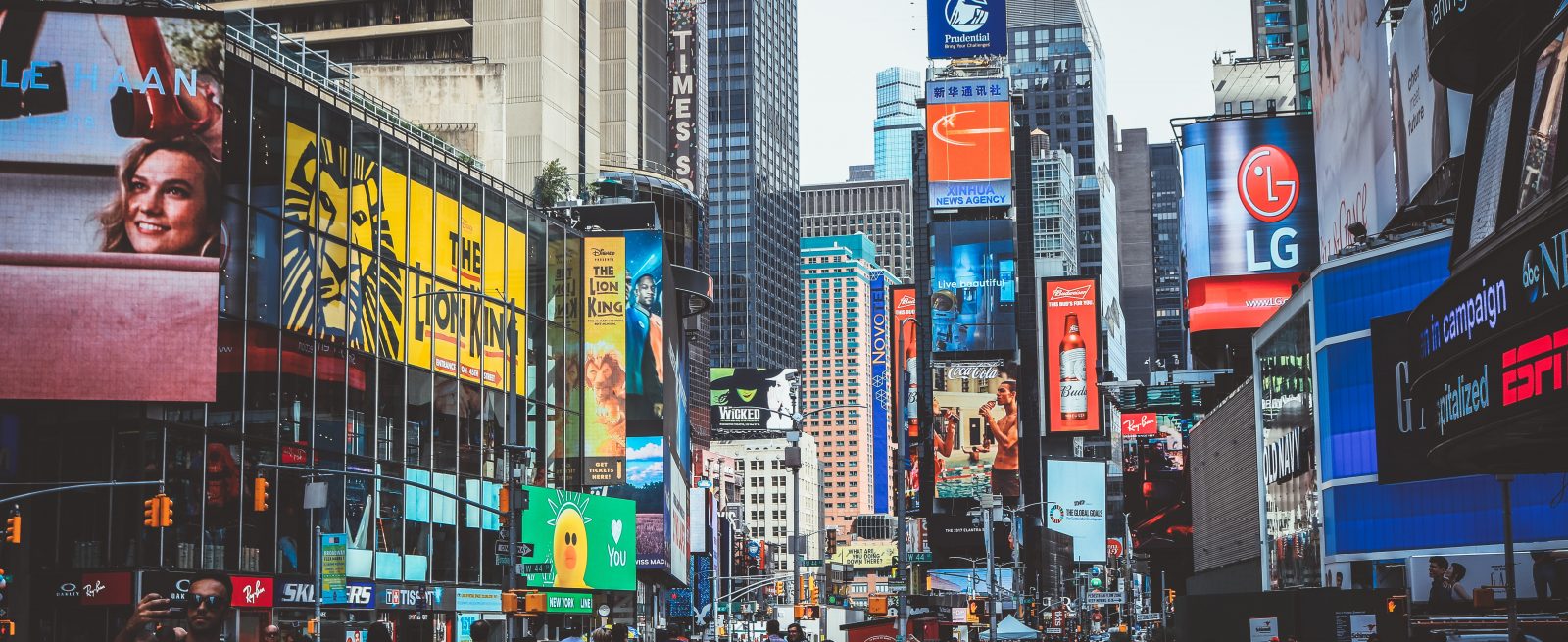OOH Advertising Advances Enable QSR To Target Audiences and Drive Traffic
4 Min Read By Kym Frank
Out of Home (OOH) advertising has long been a mainstay for QSR brands and owners, but now, thanks to advanced measurement and the proliferation of screens, the platform is enabling targeting on a scale never before possible.
With the availability of granular audience segments, advertisers are finding that connecting with consumers on the go is more efficient and as a result, more effective. Additionally, holistic measurement across the multitude of OOH advertising formats is available for the first time. This extends far beyond traditional roadside billboards and now includes place-based advertising such as signage in restaurants, bars, malls, and airports.
Developed by Geopath, the non-profit trade association responsible for measuring OOH advertising exposure, advertisers now have available to them a platform that offers more than 8,000 unique audience profiles that can be reached through OOH inventory. These audiences are derived from aggregated anonymous data from hundreds of millions of mobile devices, connected cars and GPS sources allowing for audience targeting similar to that currently utilized in online and mobile advertising. The enhanced datapoints allow buyers to more accurately identify and target audiences while they are on the go.
QSR advertisers are taking advantage of the immersive, experiential nature of OOH to create some of the most innovative advertising being done in any channel today.
Not surprisingly, these advancements are helping to make OOH today one of the fastest growing forms of advertising, with revenues up 4.5 percent in 2018 to $8 billion. That growth is being fueled by growing evidence of what QSR has always known – OOH works, really well.
Nielsen recently found that OOH delivers more online activity per ad dollar spent than online banner ads and other offline media, and that its addition to a company’s media plan increases ROI. That is further buoyed by the fact that OOH is relatively free of the issues plaguing digital, such as ad blocking and ad fraud. For QSR, OOH has shown to be particularly effective.
A Simmons Research study recently documented that 7 in 10 fast food consumers have noticed an OOH advertisement in the last 30 days, underscoring the ability of the platform to drive both attention and retention.
The research also found that consumers who visited a fast food restaurant ten or more times in the last 30 days are seven percent more likely than the total population to say that they’ve noticed an OOH advertisement. Those who have spent more than $100 on fast food in the last 30 days are 14 percent more likely than the total population to say they’ve noticed an OOH advertisement.
When it comes to TV ads, 51 percent of fast food consumers stated they typically avoid watching TV commercials, with another 37 percent saying they change the channel during commercial breaks.
OOH is being used to fill this gap and reach hard to engage consumers. From traditional billboards, to the increasing amount of digital inventory available, to the emergence of place-based advertising in spaces such as office buildings, transit spaces, taxi, retail outlets, and airports, the opportunity to connect with consumers on screens that they are actually seeing is growing.
To capitalize on this, QSR advertisers are taking advantage of the immersive, experiential nature of OOH to create some of the most innovative advertising being done in any channel today. Burger King’s “Burn That Ad” campaign in Brazil, for example, had competitors’ ads “going up in flames” for anyone who launched the Burger King app and pointed their smartphone at another brand’s outdoor ads. The “burning” is done by AR technology and turns an ad into a Burger King ad, with a coupon for a free Whopper as a reward.
Through digital OOH ads, marketers can change the visual content of an advertisement based on real-time traffic and weather feeds, social media conversations, mobile geo-targeting and more.
Additionally, QSR advertisers looking to reach consumers who frequent competitors, for example, can identify OOH inventory effective in securing impressions amongst that segment. Or they can look to reach consumers of a specific zip code on their commute to work or on their way home.
Through digital OOH ads, marketers can change the visual content of an advertisement based on real-time traffic and weather feeds, social media conversations, mobile geo-targeting and more. Much of this process can also be automated, making it faster, easier and less expensive for QSR marketers to get their message out there.
The availability of more granular audience measurement is also making it possible for buyers and sellers to better understand how to reach people who have visited a QSR restaurant ten or more times in the last thirty days in New York City, for example, or who have visited a Chick-fil-A location for lunch in Atlanta during the last 30 days.
The opportunity presented by OOH advertising today is radically different than what it was even a few years ago. Advanced measurement is making it possible to identify how to reach the right consumer at the right time and right place with engaging, can’t-miss creative that drives outcomes.
As a result, OOH advertising, long a staple for QSR, is getting new found consideration not just as a primary driver for brand building, but as a critical channel for generating increased traffic and incremental sales, as well.


